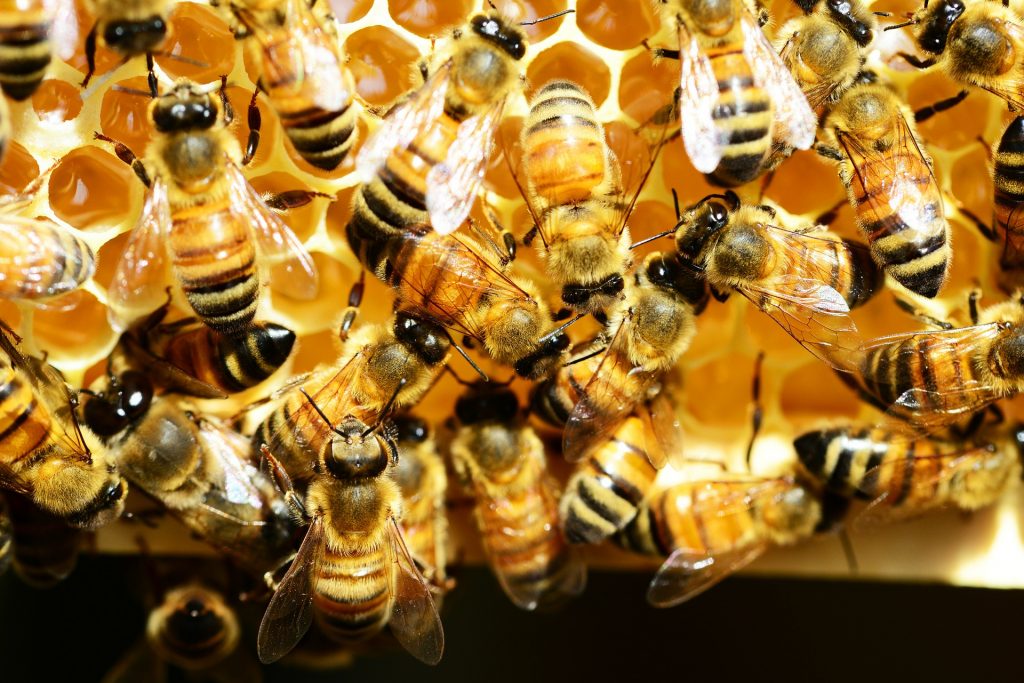Did you know that bees make beeswax from honey? Yes, this is true! As we know, bees collect nectar and honey to secure food for their bee colony. While eating honey, their bodies make wax. They chew the newly produced wax with some honey and that is how bees build their combs. But, let’s go deeper into this amazing process that these wonderful creatures do, which was a mystery for so long!
Estimations show that bees must consume around 6-8 pounds of honey in order to produce just one pound of wax!
One of the most important things that bees do is definitely the production of beeswax. As we know, they live in their self-made waxy combs which are basically the foundation of the beehive. In the combs bees store pollen and nectar, save extra honey for the winter and raise brood.
Beeswax production process
First of all, it is important to mention that not all bees in the colony make wax. This is the job of the worker bees. They are able to develop special wax-producing glands on their abdomens. They are most efficient between the 10th and 16th days of their life.
Bees make wax going through these stages:
- When there is enough honey in the colony, worker bees can start with their wax production. At the beginning of their life (until 5-6 days), worker bees consume pollen. The pollen is full of protein needed for the development of fat cells. Besides the pollen, the young worker bees are fed honey as well.
- After this, when around a week old, the worker bees develop the special wax-producing glands in their abdomen. With the increase of the secretory activity in this wax gland, the walls of the cells become tall and thin and have large spaces between them.
- In the following step, older worker bees leave the hive to collect nectar. When they return, they deliver the nectar to other worker bees through the mouth-to-mouth process. This process reduces the moisture of the nectar from 70% to 20%, and it is the main factor that changes the nectar into honey.
- Finally, in order to get all the honey older worker bees have to offer, the young bees must start the secretion of wax. The wax is extruded through small pores and it develops as small wax-flakes on the abdomen of the bee. The other worker bees collect these wax flakes and start with the chewing process. With the chewing, the bees add salivary secretions to the wax and this makes it softer and ready for further use.
Beeswax basics
Beeswax basically is the secretion that young worker bees produce. Having the property of being solid in the range of 18 to 64 degrees Celsius, the wax combs help bees survive different seasons of the year. Using beeswax, worker bees build combes, repair existing ones and close the opennings of cells. In the very beginning the wax flakes are transparent. They gain a white color only after the bees finish chewing them. Because of the pollen, when bees develop new beeswax it has a yellow color. The longer it stays the more colors it changes. From transparent, to white, yellow, golden and in the end – brown.
Read more about beeswax and its uses.


Pingback:This Is Why Bees Like Wax [+What They Do With It] – Grampa's Honey